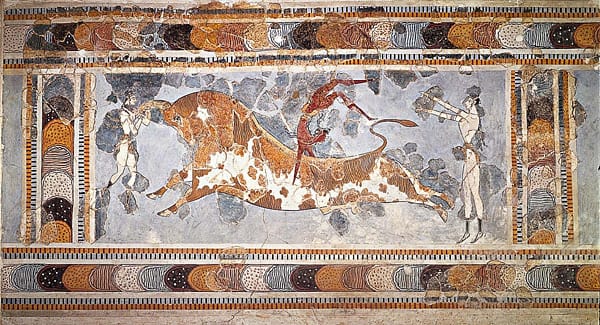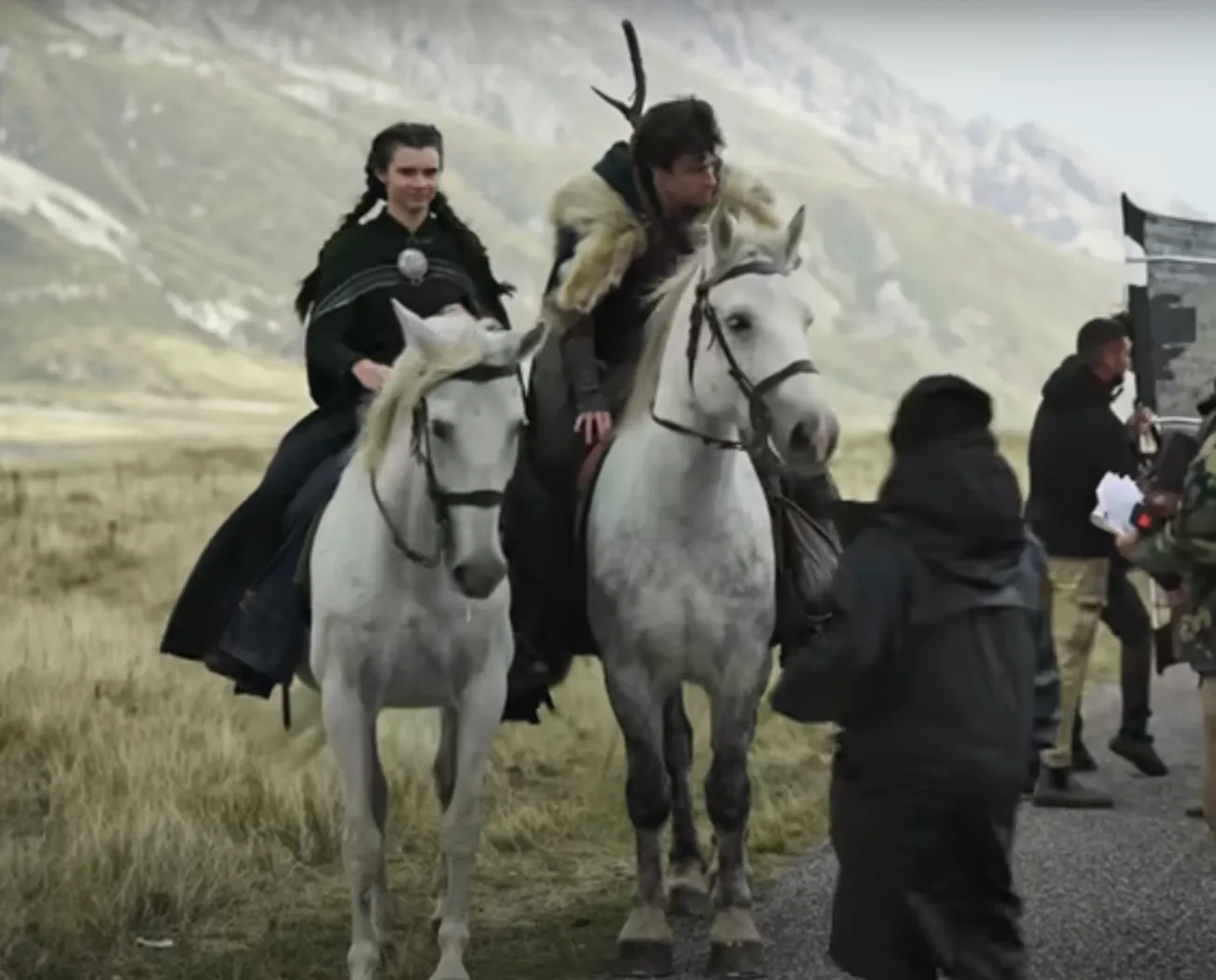Jeremy Boreing continues bringing us updates on the production of the epic mythical series, The Pendragon Cycle. Struck by the scale of the imagery and location, this will be a truly breathtaking setting to bring realism to this magnificent story.
One term you will find in filmmaking is "day for night" or "night for day," but you don't often hear the term "Italy for Wales." That's because this is an unprecedented moment in film. You will see one location, such as the city of Chicago doubling for New York, or for the fictional Gotham City, but you don't always see ways of capturing unique natural locations elsewhere, because often those locations don't exist elsewhere.
The Gran Sasso Mountains in Italy can do that, however, in doubling for Hill Country in Wales. The fog is intensely beautiful as well, but the wind is a bother for the anyone who sets foot on that hill.
One may say, but why don't they shoot in a volume or a studio with green screen? But when you've seen, felt, and known some of the history of how these people lived, and you've seen the difference between being in location, and being in studio, there is a massive effect it has on an actor and their performance. This carries over to believability (aka. suspension of disbelief) for the audience, and then, a story like this can be free to come alive in ways you couldn’t otherwise accomplish.
Just to see and compare the locations seen in the production diary to the actual locations they are speaking of, watch this video with similar Hill Country locations used in Iron Age Britain. This location, Tre'r Ceiri, was used as a stone fort before and during the Roman conquest of Britain.
Jeremy himself states that in next week's production diary they will be featuring a huge scene that will be shot in Rome. The imagery he offers makes it obvious to the readers of the series that this is the acrobatic horse work (aka. horse vaulting) that Charis endeavors to accomplish in the first book. But I will refrain from giving you spoilers on these scenes. These bull riders and horse acrobats were a presage to the modern carnival riders and bull-fighters, and were also often equated to religious sacrifice, as a person could easily be maimed or killed in these performances.
These acts were often seen as a sacrifice to their gods, or to their monarchs. They also carried over into the Olympic Games, which had it's original incarnation in the ancient Greek Olympic Games, which were also seen as a religious rite for many, and were done in the Panhellenic sanctuaries in Olympia, in honor of Zeus.

You can't watch this production diary (the Roman portions) and not tell me that there are elements here that may be inspired by ancient equestrian games such as horse vaulting, or Minoan bull-leaping. You can read about it here.
Many ancient cultural traditions are mentioned and expounded upon in these stories. And they catalogue and immerse you within a pagan world, that gets thrust forward into the more humane world of Christendom. This story, likewise, follows that trajectory toward civilizational upheaval and change.
These locations just add to my excitement for these stories, and it makes me believe that conservative and faith-based storytelling still has hope to make a resurgence.
How does this story make you feel? Are you more excited for The Pendragon Cycle? Let us know down below (with subscription) or on our social media!
Pendragon Week 7: Shooting Italy for Wales @JeremyDBoreing @realDailyWire #ThePendragonCycle https://t.co/YxFLN33hzE
— Media Moses (@themediamoses) December 22, 2023







